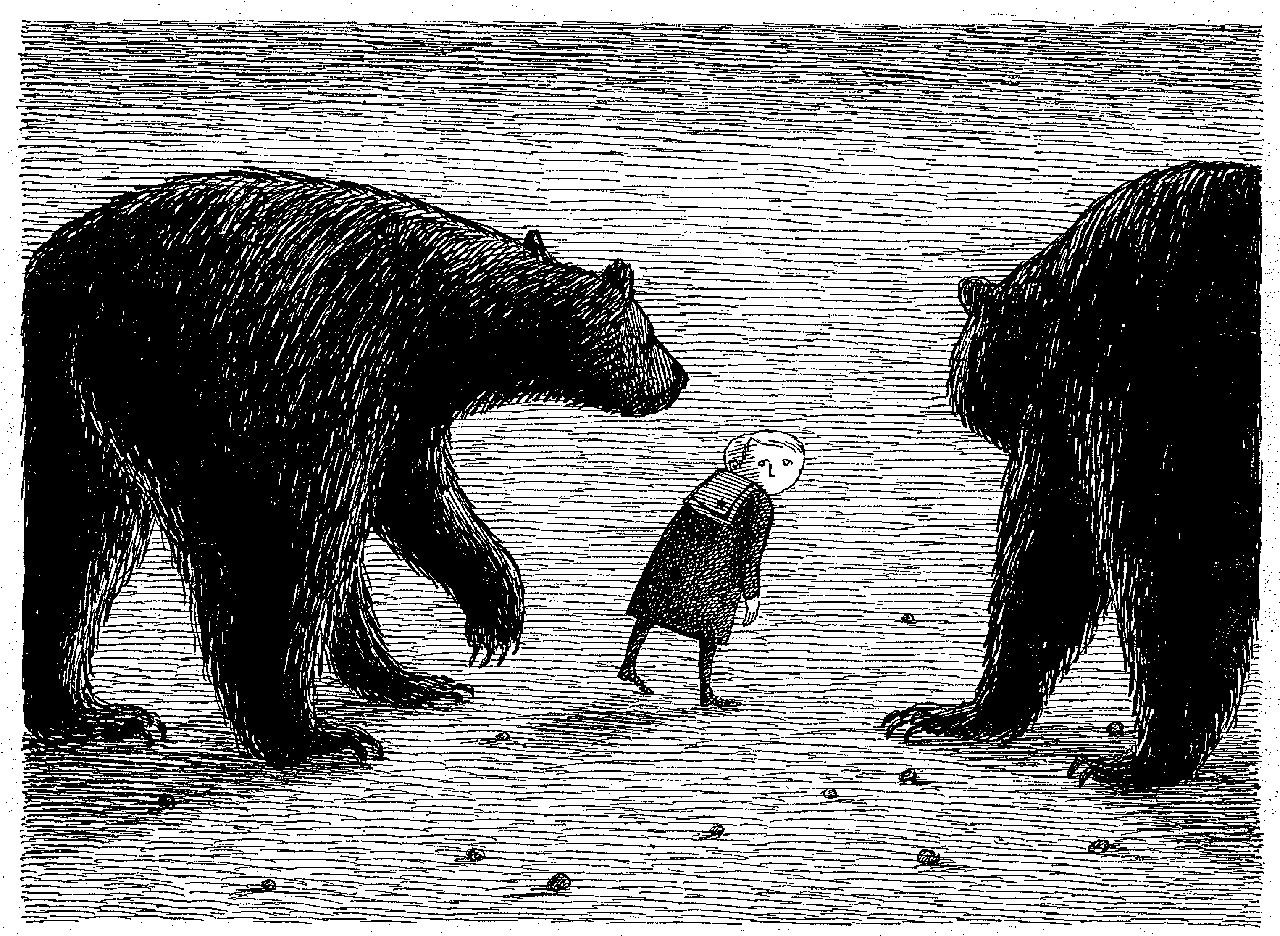
Arthur Penn’s 1967 film Bonnie and Clyde marked a very important moment in the history of cinema: its female protagonist was not characterized to be passive and submissive, but rather was a part of the crime, a part of the story. Bonnie and Clyde was a significant film in modern cinema, finally the woman had a criminal voice rather than just a feminine one. A lot has changed in last 46 years: now, fermenting in the dark corners of contemporary cinema, there exists a small brand-new genre of female criminal film. For all intents and purposes, let’s call her the “Campy Post-Modern Hedonist.” In this genre the women rule and the men either become accessories, or are simply deemed disposable by the leading lady — sometimes murdered and sometimes shown mercy, all depending on her mood (of course).
This genre is not made up of stereotypical female criminal roles such as the prostitute, the love interest, the partner in crime, or even the femme fatale. Instead, she’s a ruthless, rampant dominatrix that cares about nothing other than the fulfillment of her own wants and desires. The characters of this genre take feminine crime much deeper than even modern, female dominated films such as Quentin Tarantino’s Kill Bill. A character of this genre says “anything you can do, I can do bigger, badder, better, sexier and with more style… and in heels.” Two notable recent examples of this phenomenon include Ryan Murphy’s FX series, American Horror Story: Coven and Harmony Korine’s Spring Breakers. These two works straddle that cinematic line between glamorous, and absolutely mental. At this moment in the history of cinema, the groundwork has already been laid, paved and sufficiently driven on for the woman scorned to take control of the silver screen.
Spring Breakers and American Horror Story: Coven allow us to shake the manicured hand of a new genetically modified female power. She’s campy, ridiculous, vengeful, ruthless, and ultimately, the greatest hedonist we’ve ever seen. She’ a disgusting compilation of sex, narcissism, blood, guts and drugs. Harmony Korine and Ryan Murphy create female monsters through contemporary cinema, monsters that are explicitly concerned with wreaking havoc, seeking domination, and being ruthless and sexy at the same time.
(Whether or not these female characters contribute to successful movie making is quite honestly beside the point. Believe me, at the end of Spring Breakers I said to myself, “Come on Korine, is this all you got?” Were creating new sub genres here, not winning Oscars. Rome wasn’t built in a day.)
What’s important about this road-less-traveled is that women are doing more than dominating, they’re emasculating. In Spring Breakers, tattooed male Miami drug dealers and thugs stand petrified behind the gun barrel of college girls in pink unicorn masks and bikini tops, begging for mercy. Two tiny 20 years olds rob a fried chicken restaurant with nothing but plastic guns and stuffed animal backpacks. Later, those same tiny 20 year olds have a threesome with a famous white trash rapper named Alien who flaunts his criminal success (“Look at my shit. Look at my shit! I got my blue Kool-Aid!”) and they then run wild through a neon-lit mansion murdering everyone in sight with absolutely no remorse, all in the name of good old fashioned fun. We see this crazy, drug-fueled blood bath coming from a mile away, because these girls are out of control, they do not care, and they are on Spring Break.
American Horror Story: Coven is even more radical, it is female ruthlessness cinematically personified. Fiona Goode, the most powerful witch of her generation, possesses powers that include telekinesis, telepathy, mind control, pyrokinesis, and the ability to consume the life force of others, in addition to all of that innate witchy spell casting and potion brewing. Within 5 minutes of meeting her we witness her literally suck the life out of a distinguished male Los Angeles doctor when he refuses to up her dosage of an experimental drug that she believes will give her eternal youth, but only after her attempts to bribe him with her dead husband’s millions fail. She also casually murders 4 people in the first 2 episodes. Ryan Murphy is quick to dismiss ancient history. No, those powerful women accused of witchcraft didn’t burn in the Salem Witch Trials. They all escaped to New Orleans and they’re really, really pissed.
This new genre is writing the hedonistic woman into the history of crime. It is initiating the woman into the criminal fraternity, introducing us to what feminine crime means. We’re raising the radical woman to the same plane as the chauvinistic man, offering a small healing for those who sat in the back seat and took orders from the likes of Cody Jarrett (White Heat) and Tony Montana (Scarface). This genre represents the long-suppressed woman on a mission of madness, whether if she’s seeking greater powerful magic, or a gun-toting, pill-popping spring break that she’ll never forget.







